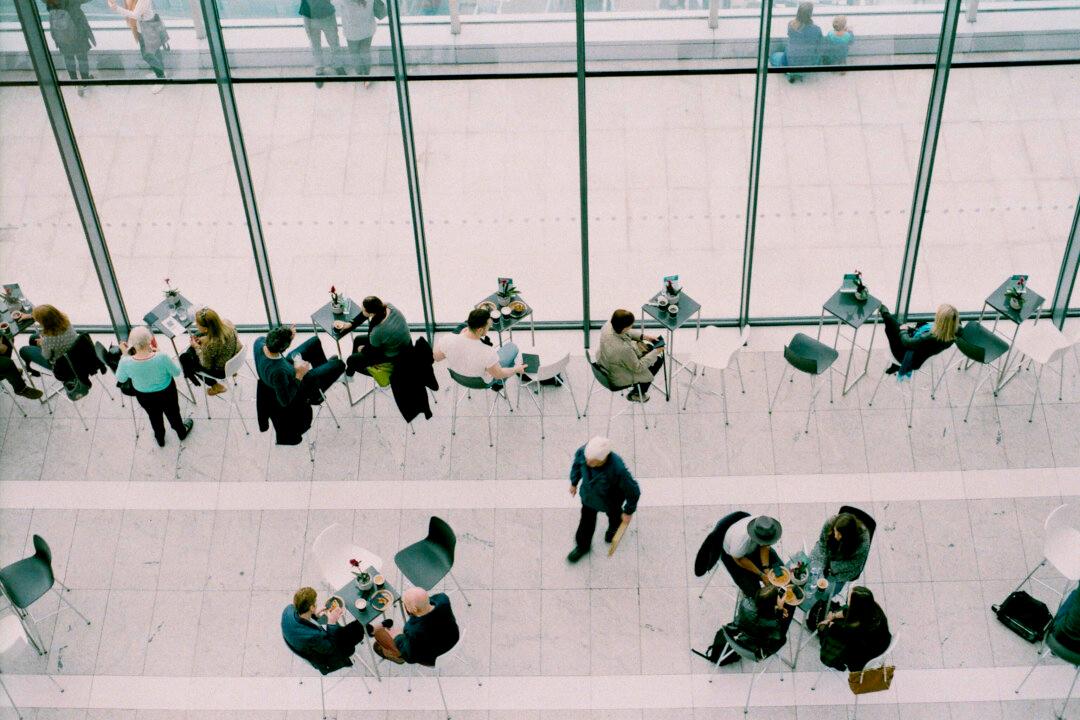When I ask myself why I’ve embarked on a mission to establish Coincidence Studies, the simplest answer is that coincidences are fascinating. They jolt us into an awareness of mysterious connections between ourselves and the world around us.
I am curious about how they work and what they can do. When I work on trying to figure out something about them and write about it, time passes quickly. I am immersed in the learning-entertainment interface.
They are also immensely useful in ways most people never considered.
Psychotherapists can use them to treat patients; they can help people become self-aware and introspective, leading to positive changes. Coincidences have proven useful in professional development. People often “coincidentally” find exactly what they need when they need it. Coincidences have helped scientists make great discoveries. They have the power to comfort people, to aid healing from traumatic experiences. Through them, people can build stronger relationships.




